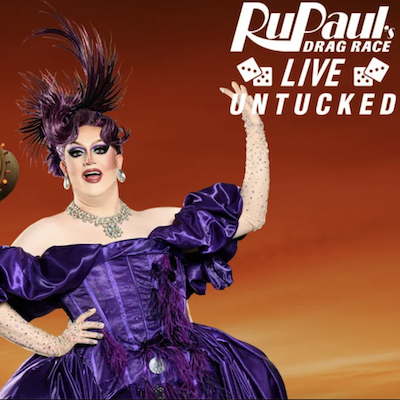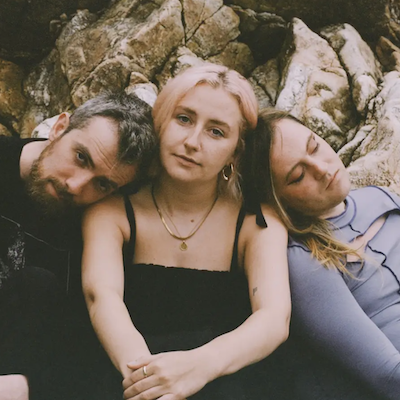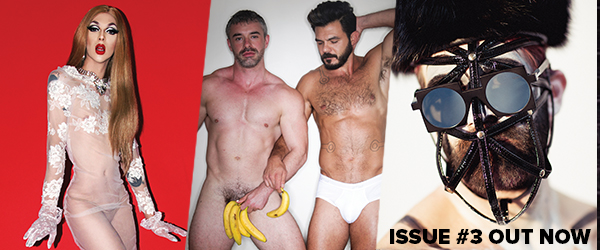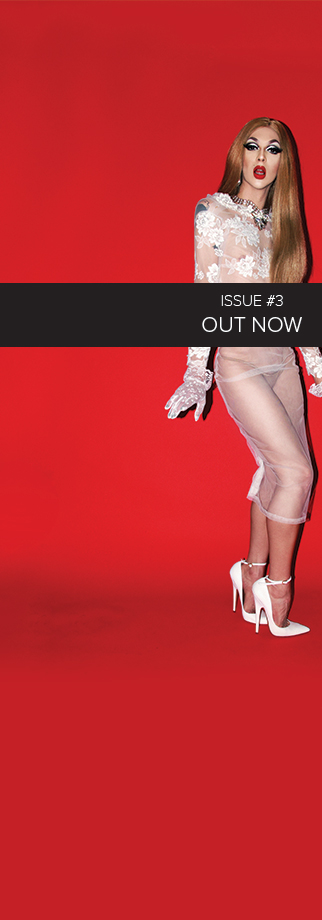
"Sonic Youth were so inspired by her, they released an album of Madonna covers under the name Ciccone Youth."
As you probably know by now, Madonna turns sixty this month. Fuck. Anyway, we have a lot of exciting Madonna features coming up, the first of which is from our resident Professor in Punk, George Alley, who looks at how Madonna is truly the people’s punk princess.
This August Madonna turns 60.. It’s easy to take her influence for granted. Looking at her work this decade; declaring her continued relevance over the track ‘Bitch, I’m Madonna’ with a host of unremarkable celebrities and a predictable guest rap from Nicki Minaj, one might be hard pressed to think of this singer as a vanguard, not victim of pop. But Madonna was a huge influence on many, including myself. She combined Punk’s subversive engagement in gender, performance and sexuality with gay dance music to irrevocably change the mainstream.
Kim Gordon, of Sonic Youth describes in her book Girl in a Band “Madonna was cool in the eighties—her dance pop was minimal and fresh and we were all fans. She was slightly fleshy in the beginning and her main talents were pluck and will power, and moving her body around.” They were so inspired by her that they released an album of Madonna covers under the name Ciccone Youth in 1986.
Madonna was cool. A pop-punk provocateur who used a DIY approach to music, fashion and sexuality. She certainly gave me inspiration as 12-year-old gay Lebanese pre-teen in suburban Ohio to ‘Express Myself’ in “footie” socks at a junior high school talent show. While the reaction from the crowd was anything but safe, Madonna presented me with a safe space; one where I could celebrate my own imagery as a young artist wanting to express his ideas and sexuality.
We may take for granted the EDM and house dance tracks that the songwriters for Rhianna or Arianna Grande use to create hit singles, but when Madonna released her debut self-titled album in 1983 the idea of merging gay dance music and punk sensibilities with pop was rarely done. Think Marc Almond of Soft Cell; most famously with their #1 hit ‘Tainted Love’. (It was Almond whom incidentally, lent her his London bedsit when she came to the UK, broke, to promote her first single ‘Everybody’.)
Madonna uses the Punk concept of “Bricolage” which essentially means “something constructed or created from a diverse range of available things.” Punk uses bricolage both visually – like Jamie Reid’s ransom note collage of Queen Elizabeth for the Sex Pistols and musically – with bands like The Clash, Blondie or the Ramones who mashed together genres like reggae, disco, 1960s pop, surf music, proto-punk and rap.
She was relatable, as middle-class Italian-American girl from Detroit, home of proto-punk bands like Iggy and the Stooges who would later induct her into the Rock’n’Roll Hall of Fame. She was also innovative, reflecting the subcultures she was experiencing in New York from 1978 to 1983.

These downtown scenes included Art (she was friends with Keith Haring and dated Jean-Michel Basquiat for several years) &
Dance Music (she worked as a Hat Clerk job at Danceteria and Punk Music). Madonna began in post-punk bands when moving to New York in 1978. These were not an ideal fit for her as the Punk rock format was losing its edge and New York already had a beautiful & enigmatic blonde in Deborah Harry of Blondie.
With Harry, who dressed in deconstructed fashions often styled by a young Steven Sprouse, there was no distraction from her obvious beauty. Madonna on the other hand, while certainly not unattractive, was not an obvious choice for a pop diva. She was shorter, darker, and to quote Kim Gordon “fleshier.” Her self-designed sexual presence was rooted in a plucky likeability. Madonna was using these influences to craft her own brand of Punk-influenced Dance Pop.
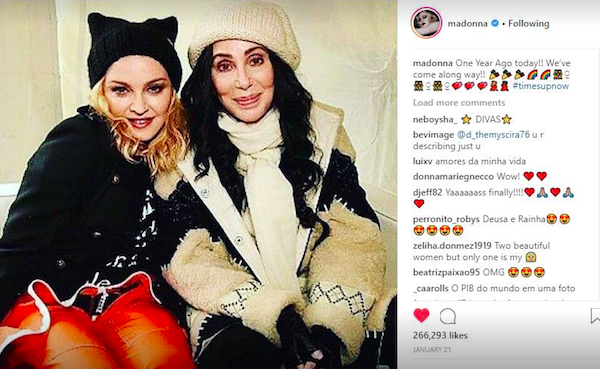
Cher, certainly not always a fan of Madonna, does however highlight some of the strengths she has in this pithy quote: “I think she’s unbelievably creative because she is not unbelievably talented and she’s not beautiful; I do respect that she goes much farther than anyone should go, and I think that’s interesting about her. She’s willing to do whatever she wants to do.” In a modern pop-age where we either highlight the talent show technical ability of pop stars, or their base physical attributes; Madonna much like one her biggest influencers, David Bowie, was able to affect Pop Culture through her creative ability to combine bricolage with provocation; to use Art to invent and reinvent as a weapon to provoke the mainstream. Nothing could be more punk than that.
Recently, I received a drunk text from a local man who is constantly imploring me to sit on his face. After I ignored it, he sent me a three-paragraph text telling my why I was not qualified to teach a class on Punk Culture at Temple University because as he said “I was a pop singer making self-indulgent music videos.” I thought of Madonna and her imagery, filled with self-referenced punk provocation and wrote back to him “Bitch, I’m George Alley.”



